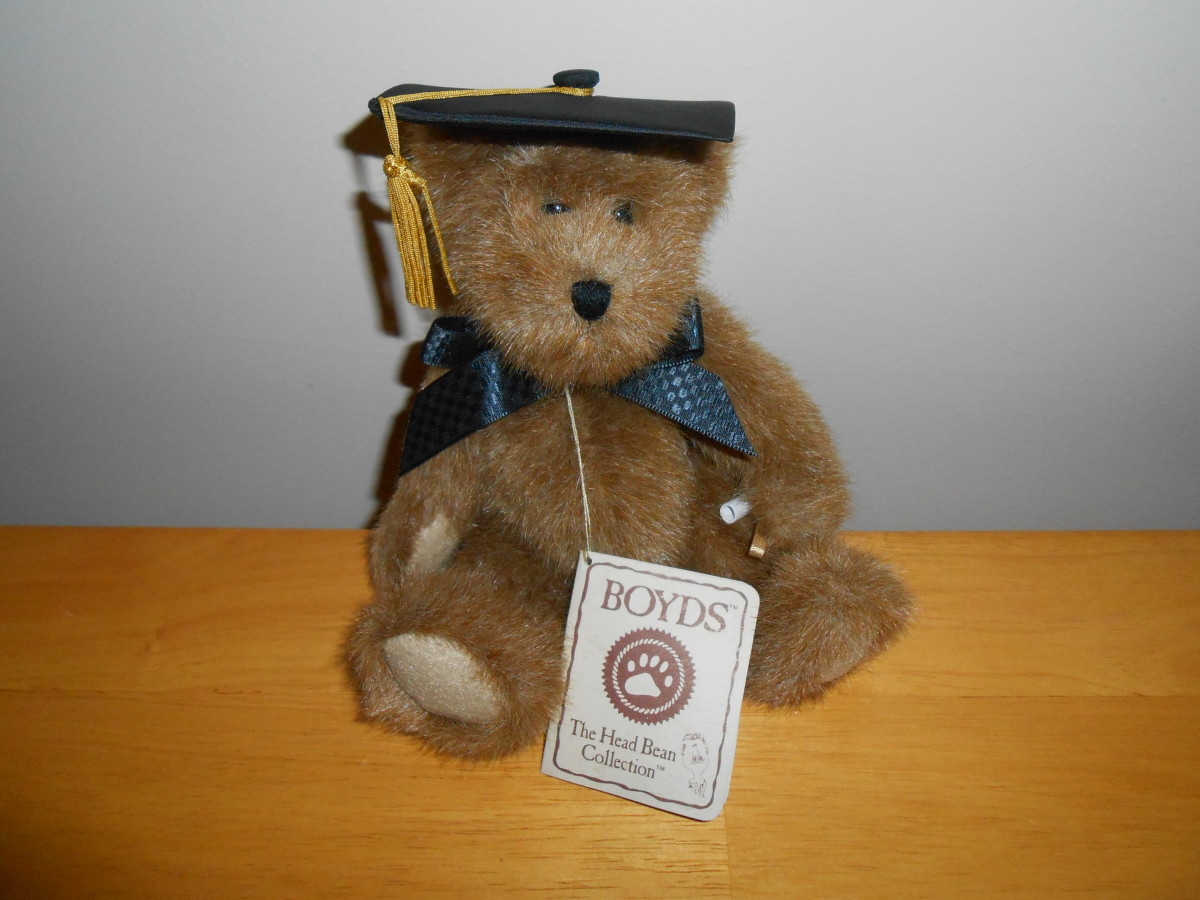Scholarships: 4 Common Qualifiers Scholarship Committees Look for

Setting Yourself Up to be a Good College Scholarship Candidate
There are four basic qualifications that will help a student have a better chance at earning scholarships. Some scholarship committees want one or two of these qualifiers; some want all four. If a student keeps these four qualifiers in mind throughout high school, they will set themselves up to be in the running for as many scholarships as possible.
1) Financial Need: A student from a low-income family will have financial need no matter what college they choose to go to. They will be eligible for grants and scholarships from many organizations, their college, and the federal government just based on that. BUT often students from middle-class families don't apply for scholarships that require financial need because they think their family makes too much money. Your qualification of financial need depends on what college you are planning on going to, how much it costs, and what resources you and your family have to meet that need.
For instance, let's compare two students who are going for the same scholarship. One student, who's family is considered low income, plans to go to a community college which costs $3,500 per year, and his family has no money saved for college. The other student's family is considered middle income, and he plans to go to a private university that costs $54,000 per year. His family has $5,000 saved for college. The person who's family has the $5,000 saved has the more financial need than the student planning to go to the community college. He still needs $49,000, and the first student only needs $3,500. So the student from the middle-income family has the more financial need.
2) High Grade-Point Average (GPA): When scholarship committees look at a student's GPA, they are looking at the cumulative GPA, from all of the years of high school combined. Many students think that the committees are looking at the GPA for the previous semester. A scholarship committee is looking at a student's character, and how well they did in all four years of high school. Some require certain GPA score before even allowing you to apply. The minimum GPA requirement I have seen is a 2.5. Many require a 3.0 GPA or higher to even be in the running. If you don't have the required GPA, you need not bother to apply because your application will be thrown out. (There may be other scholarships that don't look at the GPA, but there are not that many of them) Scholarship committees usually have SO many applications that they look for some to weed out, so they have less to go through. Students need to understand that it is easiest to get their GPA up during their freshmen and sophomore years. The more classes that are taken, the more grades are in the mix to average out. By senior year, it is hard to bring the GPA up in big leaps because there are usually at least 16 - 20 grades that have to be averaged together. Moral of this story is that freshmen and sophomores should work as hard as they can to get good grades and have a high GPA. And then keep up the good work for their last two years of high school.
3) Community Service: Community service means volunteering. It could take place within the school, if the school has a community service club, or has a program where students can help out in classrooms and school offices during their study halls. It can also take place if a club or athletic team a student belongs to has an annual requirement to perform a community service project.
Some examples of this might be a Lacrosse Team that annually cleans the local soup kitchen, a Future Teachers Club that collects new and used books for school children, a Haitian Club that collects clothing and school supplies for victims of a recent earthquake. Community service outside of school also counts. This could be someone who volunteers for a candy striper program during the summer at a local hospital, someone who visits a convalescent home and reads to patients on a weekly basis, or someone who walks in a walk-a-thon to raise money for cancer research, kidney disease, multiple dystrophy, etc.
4) Leadership Experience: Students can show leadership qualities both in and out of a school setting. In the high school setting, examples of leadership would be sitting on the Student Advisory Board, holding an office such as President, Vice-president, Secretary or Treasurer in a school club, or being a captain on an athletic team.
There are also leadership conferences offered periodically during the school year that students are eligible to attend, and should be in touch with the Director of Career Center at the high school to see if there are any opportunities for these conferences. Outside of school, leadership could take the form of sitting on a town committee, starting a community or church-related project, teaching Sunday school or starting and recruiting members for a walk mentioned above. This last example would give a student both community service experience as well as leadership experience.
The bottom line is students should start early in their high school careers to line themselves up with a good GPA, volunteer in a few different areas, and have some leadership experiences. If they do this, they will be in a better position to qualify for college scholarships.
Copyright by Karen Hellier, 2012
Updated: 2017
Scholarship Preparation Poll
Which category in this article did you not know woulod be helpful to you/yourchild to qualify for scholarshps?

Here's a Helpful Book My Daughter Used to Look for Scholarships
More Scholarship Articles:
- College Scholarships For Teens: 6 Different Types to Look For
Smart high school students who are going to college should be looking for scholarships.Here are 6 categories of scholarships to look for.
- College Scholarships: 8 Top Tips to Help You Apply
Scholarship committees look for specific things when awarding scholarships. This article give tips to scholarship applicants on how to showcase themselves in the best possible light in order to be awarded scholarship money for college.
This content is accurate and true to the best of the author’s knowledge and is not meant to substitute for formal and individualized advice from a qualified professional.
© 2012 Karen Hellier









